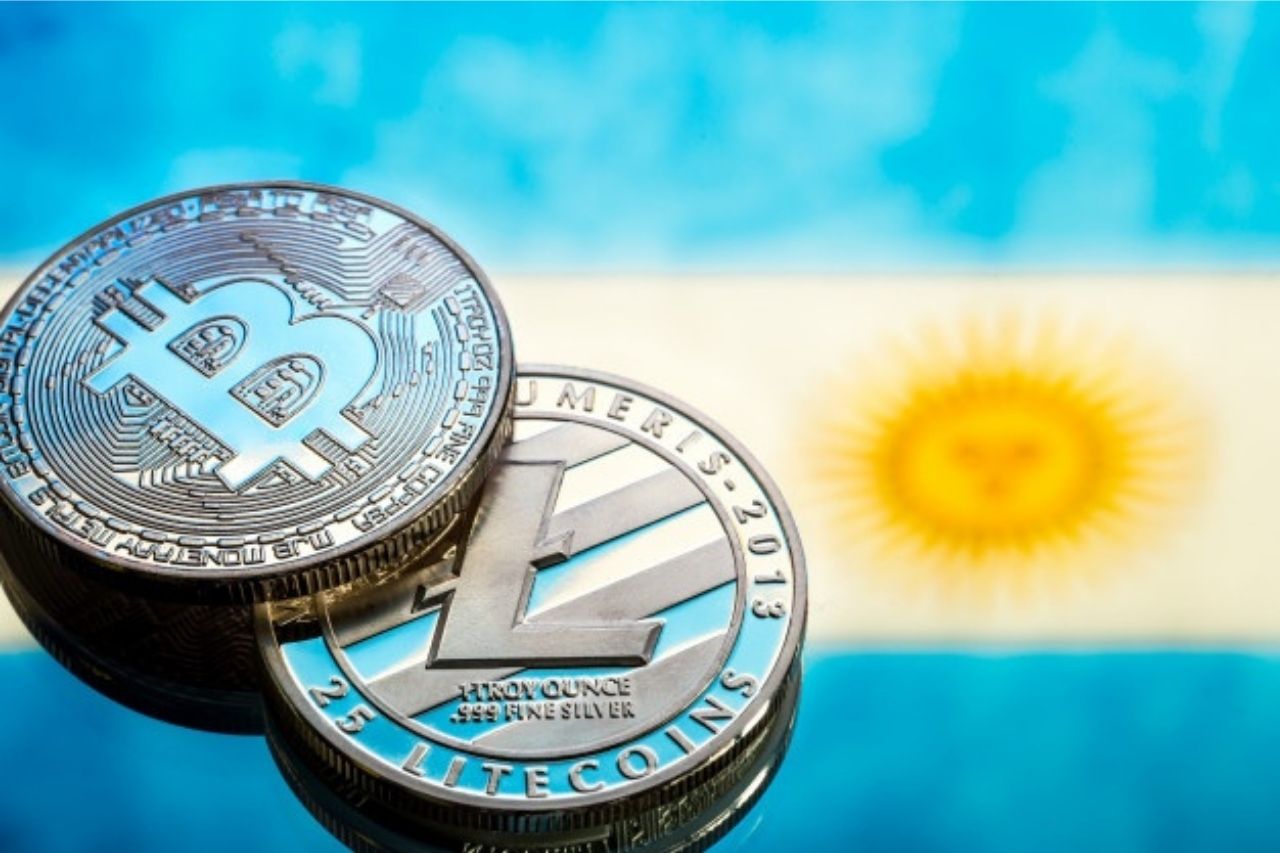Deeply comprehending and evaluating Cryptocurrency Future Trading Types
The main sort of order anybody ought to find out with regards to when futures trading is a market order. Market orders are a type of order that ought to be held for relevant circumstances. They permit traders to buy or sell in a split second and at the best accessible cost. These orders expect liquidity to be filled and are executed dependent on the cutoff orders put early.
Since market orders are executed quickly, the trader is exposed to taker charges. On Blockchain77, cryptocurrency traders have the choice to submit market requests at market cost notwithstanding breaking point and stop-limit orders. Market-purchase orders will match to the most affordable cutoff sell order on the accessible order book, in so far as an order can be filled. In case a purchase order is put for a sum that surpasses the least expensive breaking point sell order, the leftover purchase order will be filled at the following accessible cutoff sell order found to work with the trade. This impact is known as slippage.
When to utilize market orders?
Market orders can be utilized for traders’ potential benefit when taking care of a request turns out to be a higher priority than purchasing/selling at a particular cost. For instance, when traders need to satisfy an order promptly, slippage is overlooked and can assist traders with achieving what they need.
These orders ought to essentially be utilized in rigid conditions when the disadvantage of higher charges, slippage, and all in all, avoidable losses on trade are less significant than following up on the actual order.
Also Read:
Worries with market orders
As suggested above, submitting market requests has a few issues, and thusly ought to be kept away from when initially beginning in trading. Taker charges will be executed on any market orders bringing about higher expenses and the trader paying significantly more than needed.
Likewise, when trading at high volumes, the breaking point sell orders that a market order can happen at may not be satisfied at an extremely low market cost, and accordingly, the slippage to a lot greater cost can make the trader miss out on a possibly critical piece of their assets.
What are limit orders?
Limit orders are order types that traders should use to determine what value they might want an order to be set. The trade will possibly happen to assume the market value goes as far as possible cost, or conceivably better, permitting buys to occur underneath the current market cost and deals to occur past the market cost.
Since a market cost may never arrive at a put forth cost of line order, these trades are not executed quickly and may never be executed (if some way or another put at an unreasonable cost). Besides, limit order charges won’t torment traders similarly a market order will, and they are brought about as producer expenses.
When as far as possible orders?
Limit orders can be useful in a modest bunch of circumstances, including while conjecturing that the market will rise or fall soon. A group of huge cutoff orders (purchase/sell) can assist traders with pinpointing likely help and obstruction levels and deciding the following business sector pattern.
Viewing where these opposition lines are can help futures traders as they might assist with deciding when and where to put in a short or long request. Blockchain77 additionally offers traders the capacity as far as possible requests at indicated rates of their equilibrium.
Worries with limit orders
An absence of volume can be an issue for limit orders and can cause them not to be executed. This happens when a breaking point order is put onto the books long after a few other cutoff orders are set. Limit orders occur in sequential order, thus it is an early bird gets the worm premise.
Additionally, on the off chance that a breaking point order cost is never met and consequently not executed, your order won’t ever happen yet will stay open, possibly hurting the trading strategy you anticipated carrying out. Rather than possibly passing up an open door with limit orders, there is a third choice accessible to traders that permits them to set limits on trades.
What are stop orders?
Stop orders will be orders that are set off when a market moves past a particular price tag. Stop orders are additionally classified into stop-breaking point and stop-market orders. These orders have two costs, a stop cost, and a breaking point/market cost. The stop value changes an order over to a trade order, while the breaking point/market value sets the base, or most extreme a trader will trade at, individually.
These stop orders are enacted when the stop cost is either met or outperformed, so, all in all the order is set onto the books with the cutoff/market value becoming possibly the most important factor. For instance, assuming a trader secured their record by submitting a stop-limit request to sell their 1 ETH at $1600, they could set the stop value somewhere near $1650. In the event that and when the cost of 1 ETH tumbled to $1650, the cutoff order would show up on the books, and should the value meet $1600, the order would be sold.
When to utilize stop orders?
Maybe the most fortunate opportunity to utilize a stop order is to secure against significant losses on a trade. In the crypto trading market, instability is incredibly high. Accordingly, when startling business sector changes, swings, capitulations, etc happen, it is significant that crypto futures traders have arranged for such a situation. The most ideal way to do as such, and without uncovering one’s hand, is through stop orders.
These orders can not just shield traders from promoting losses during snapshots of capitulation, yet they can likewise help traders in following crypto value ranges. Setting up stop orders can assist with choosing when a leave strategy will be executed and remove the pressure from traders’ feelings. In case they set a stop order at a value they decide to be sufficiently expensive, they realize they will not lose additional assets past that cutoff.
Whichever trading strategy you pick, make a point to comprehend the speed of each sort of trade. Each ought to be utilized for its own intelligent reason.
Source: https://www.binance.com/en/blog/futures/making-sense-of-crypto-futures-order-types--what-are-they-and-when-to-use-them-421499824684902291



